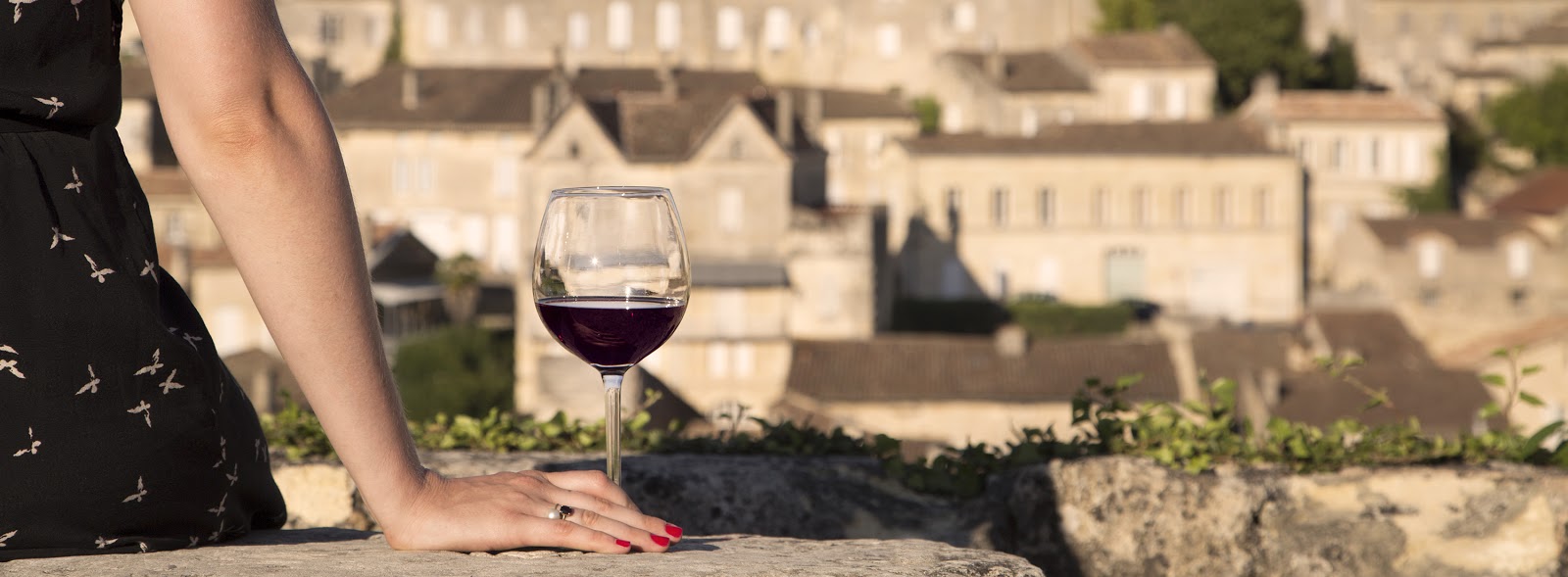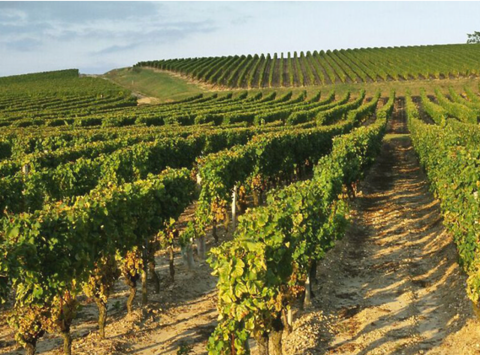The wines of St-Émilion
It’s a wine lover’s paradise.
St-Émilion, a town of outstanding beauty. The first wine area to be awarded the title of a UNESCO World Heritage Centre and the appellation for some of the worlds’ greatest wines.
Located on the right bank of the river Garonne the appellation specialises in red wines from the grape varieties Merlot and Cabernet Franc.
The wines of St-Émilion are generally delightfully complex and elegant. Common fruit flavours include plums, strawberries, cherries which can become more dried and stewed with age. Oak ageing is very common, providing balanced flavours of vanilla, toast and nutmeg.
The wines often have a good potential to age, ranging anywhere from 3 to 30 years. Ageing allows the development of deeper leather, tobacco and chocolate notes which can result in outstanding wines.

The structure of the wine can be as important as its flavour profile and is extremely dependent on weather. Optimum weather patterns are sunny and warm during the day followed by cool nights. This allows the perfect balance of plump, jammy fruit flavours with refreshing acidity and a velvety tannic structure.
The wines of St-Émilion are greatly influenced by the varying soil types. The different soils include limestone, clay, gravel and sand and each type alters the composition of the grapes. This creates different styles of wine from heavier, richer and tannic to lighter and more elegant. Many of the highest rated vineyards are located on the limestone hillsides within the boundaries of the town or on soils with a greater gravel content much closer to the neighbouring Pomerol appellation.
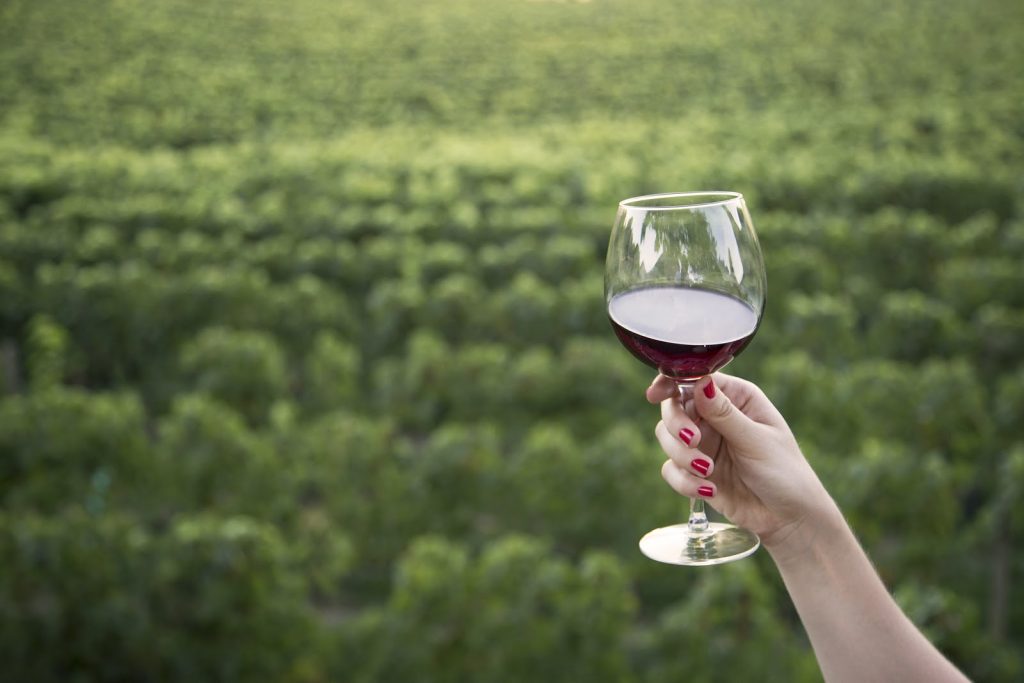
Unlike the rest of Bordeaux, the forward-thinking St-Émilion appellation is open to altering the properties positions in the classification system approximately every 10 years. It started in 1955, one-hundred years later than the Médoc. While many believe this is a brilliant way to keep the quality of the appellation high, it isn’t without its controversy!
There are two classifications systems in St-Émilion which cover the same area. These are St-Émilion AOC and St-Émilion Grand Cru AOC. The difference between the two appellations is the quality control regulations. These regulations include restrictions on yield aimed at producing more concentrated wines and compulsory oak barrel ageing. The wines of St-Émilion Grand Cru AOC are typically more expensive and can often age longer than the general St-Émilion AOC.
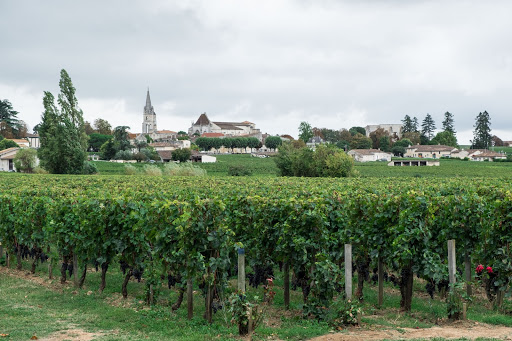
Within St-Émilion Grand Cru AOC a smaller number of properties are classified as St-Émilion Premier Grand Cru Classé. This higher level is further split into A and B, with only the four best Chateaux currently holding the esteemed A status.
St-Émilion is also where the garage wines trend first started. The term ‘garage’ covers tiny estates, so tiny the wines could be produced in a garage! The producers focus on using high-quality grapes from small plots with low yields matched with modern winemaking practices to create less traditional wines.
The garage movement was led by Jean-Luc Thunevin, who is considered to be the greatest ‘garagiste’ at his home property Valandraud. Garage wines offer a different side to St-Émilion and showcase the versatility of the appellation.
And finally, are St-Émilion wines food friendly? Yes they are indeed. In fact, it is difficult to pick one perfect dish due to the varying styles and complexity of the wines. A lighter more youthful wine will suit chicken dishes and pair perfectly with a Sunday roast.
The fruity flavours in the wine will still be evident and add to the overall flavours of the meal.
Lamb dishes would suit those wines with higher tannin, more complexity and some age. Without food, these wines could feel overly drying on the palate. Why not try lamb roasted with rosemary which will bring out savoury and herbaceous notes in the wine. Again, this complimentary pairing will improve both the wine and the food.
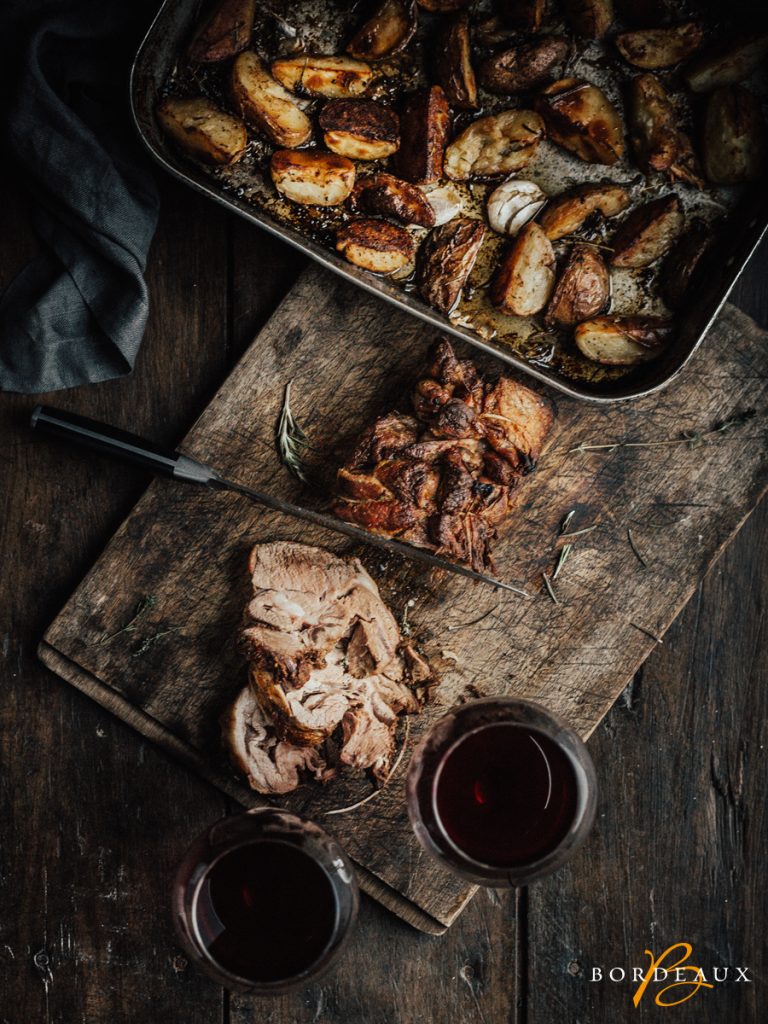
Vegetarian dishes can also suit St-Émilion wines providing they are strongly flavoured enough not to be overpowered by the wine. Try preparing a blue cheese, aubergine and tomato bake and see for yourself how well it pairs with the juicy plum flavours of a St-Émilion.
Tip Top Suggestions:
Showcasing the two main style of St-Émilion from the ‘Everyday Bordeaux’ range:
The high tannins in this wine make this the perfect pairing for rich lamb dishes. The wine is rich and fruity with strong strawberry and cherry flavours balanced with notes of vanilla and toast. It is blended from the typical St-Émilion varieties of Merlot and Cabernet Franc and therefore is a perfect introduction to the style of the appellation.
Saint Émilion Grand Cru (from Lidl)
An impressive label that will excite the table but is equally very affordable. The wine has a softer tannin structure with some more herbaceous and bramble fruit flavours. It is an elegant and well-rounded wine.
By Coralie Strong
